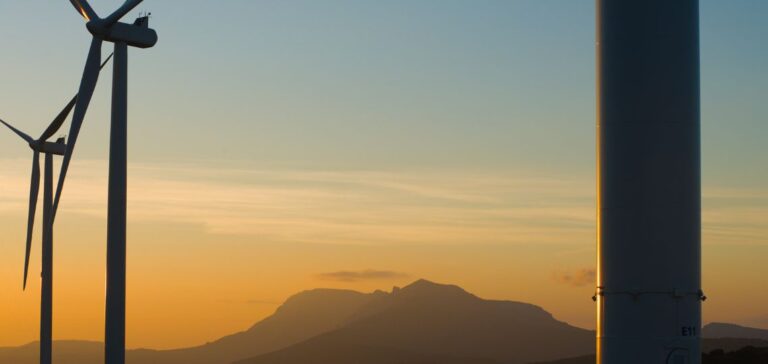Greenalia has invested 14 million in its wind farm project in Galicia, the Cabanelas park. The renewable energy producer is accelerating the implementation of its project in the public exhibition phase.
Thus, Greenalia has reached a new milestone in the deployment of its wind farm in Spain. The company presents its project to the public in the municipalities of A Estrada, Cerdedo-Cotobade and Forcarei, in Galicia.
A major project for Greenalia
The 18 MW wind farm includes four 90-meter high turbines and a 145-meter diameter rotor. The park will produce approximately 61,547 MWh per year. This is the equivalent of the annual consumption of 15,000 families.
Greenalia would thus eliminate the consumption of 38,000 barrels of Brent and the emission of 22,000 tons of CO2 into the atmosphere. In addition, the wind farm is expected to bring in more than 300.00 euros in taxes to the municipal coffers.
A wind farm that respects its environment
Cabanelas Wind Farm is located 15 km from Via de la Plata. In accordance with the opinion of the impact study, it extends outside the protected areas of Galicia. The development of the wind farm also excludes the area of importance for bird conservation.
Greenalia will also avoid the protected wetland area of Galicia and the listed biosphere reserves. Finally, the development of wind power in this region concerns little wooded areas to facilitate revegetation.
Greenalia preserves local heritage
Greenalia plans to deploy its park in a space outside of cultural activity areas such as popular festivals. The presence and activity of the turbines should not disrupt the traditional celebrations of the surrounding parishes.
The wind farm route must also avoid areas of archaeological discovery in the region.






















